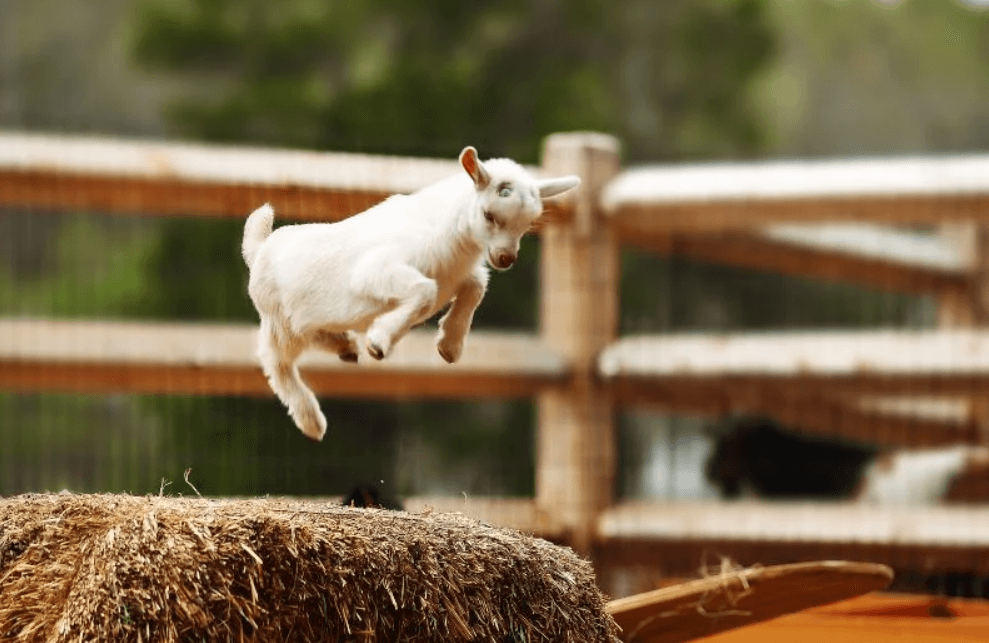Goats can jump, and some jump much higher than others; this becomes a problem in trying to keep them inside a designated area. Fencing needs to be done for this purpose.
How high the fence needs to be depends entirely on the breed of goats to be kept inside, which will tell us how high goats can jump.
This information is very important for a goat breeder trying to build a fence, as a shorter fence won’t be able to keep them in and can result in both the loss of a goat and a high cost to install a new fence.
Read on to avoid these losses.
How High Can Goats Jump?
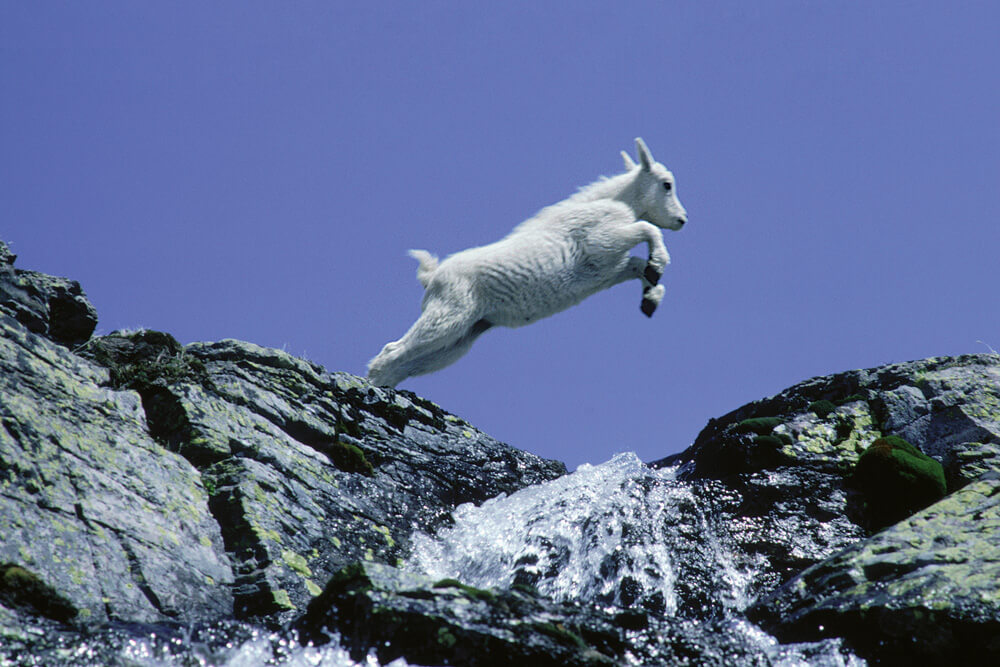
This is probably the biggest question, and its answer will solve many problems for you. Unfortunately, this question has no universal answer, depending on the breed, health conditions, age, muscle growth, and more.
Surprisingly, some relatively smaller goats and considered dwarfs can jump higher than some of the big and tall goat breeds, so size is not an indicator here.
You might see some goats jumping and think it’s not that high, but you might be wrong; the actual height a goat can jump is different from how high they normally jump while running around or playing on the field. This will depend largely on the breed and size.
To provide a little perspective, goats can jump to a height of anywhere between 3.5 feet to sometimes even 12 feet; now that’s 5 feet more than the current Olympic record for men’s high jump!
When it comes to domestic goat breeds, they share many of their attributes with the mountain goats because they are the same family, and mountain goats are the real deal when jumping high.
On average, a mountain goat can jump as high as 12 feet; yes, it can leap over you in a single jump, which makes them difficult to catch or contain.
Interested in learning more? Check out our previous blog, where we’ve covered the intricacies of cheap goat fence ideas in detail!
So, as a starting point, we now know that the fence needs to be at least 4 feet high. There still is a need to understand and explore the jump height for different goat breeds.
1. Wild Goats
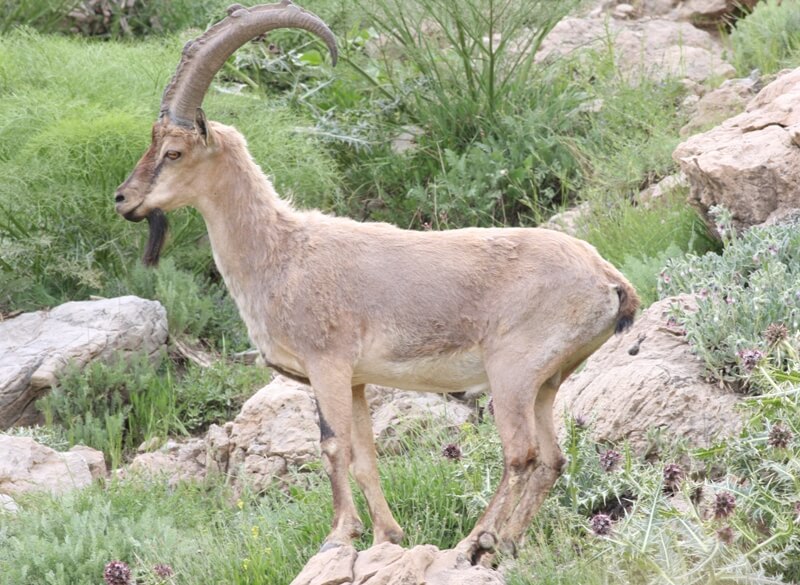
For a fact, all the goats that the farmers keep are descendants of wild goats, and although a lot of wildness has taken a back seat in them, there are still plenty of traits that haven’t.
Wild mountain goats are the ones that can give even the most healthy Kangaroos a run for their money, as these goats can reach a height of about 12 feet in a single jump, almost 2 feet more than your average kangaroo.
This massive figure is a testament to their agility, muscle growth, and ability to leap. This natural skill of the goats proves to be a nightmare for goat farmers, and they have to build high enough fences for even the domesticated goats.
2. Nigerian Dwarf Goats
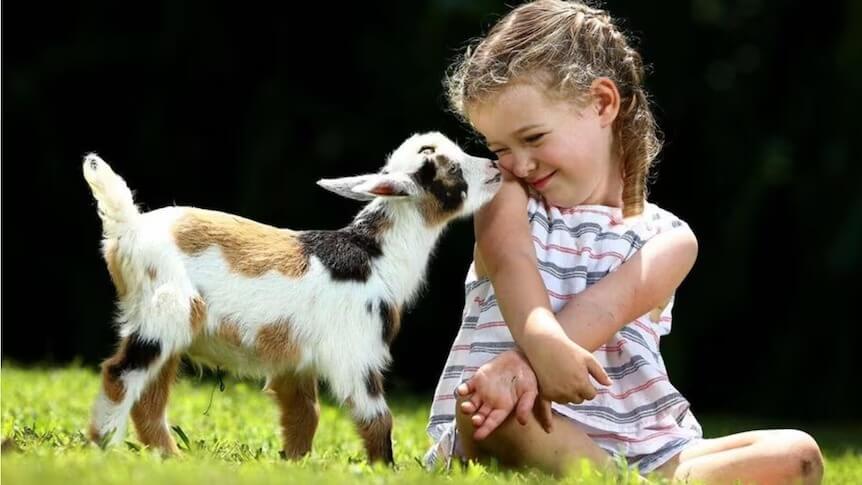
These cute-looking tiny goats are mainly kept as pets and for the milk they produce. These goats are not to be judged based on their size as they can jump quite high, 3.5 to 4 feet in a single leap; that’s a considerable figure for a goat that grows to a maximum height of about 18 to 20 inches.
So, for these goats, we’d advise you to keep your fence to a minimum of 4.5 feet to keep these cute little creatures inside. As far as we are concerned, size doesn’t matter here.
3. Boer Goats
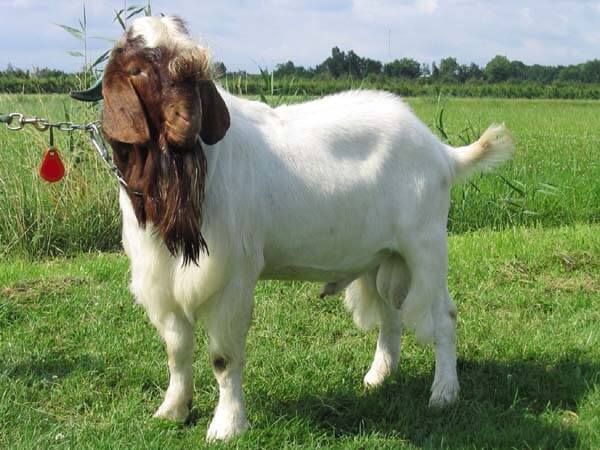
Native to South Africa, Boer goats are mainly preferred for their meat as these goats are considered to be highly meat-yielding.
An adult male Boer goat can weigh as much as 115 kgs and the females as much as 90, sometimes even 95 kgs; that’s a lot of body mass, considering these goats grow to a maximum height of about 75 to 78 centimeters.
Now, despite all this weight and height, these goats can manage a maximum leap of just 3.5 feet. Still, these climbers can use almost any object or another goat as a platform to climb on and jump from.
So adequate measures should be taken, and anything easy to climb should be eliminated from the vicinity.
4. Pygmy Goats
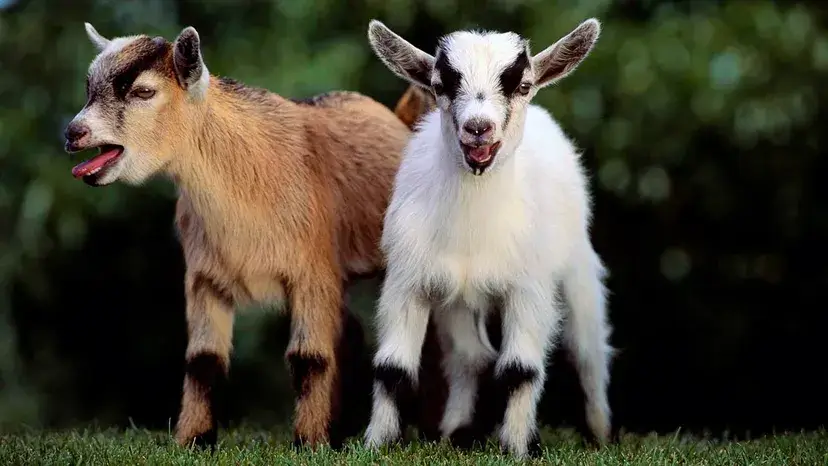
This breed is kept mainly as pets or as a source of fresh milk.
Though closely related to the wild mountain goats, these siblings cannot scale a height of more than 4 feet in a single leap and can be relatively easier to contain.
At first glance, even a figure of 4 feet will feel surprising as these goats have a relatively smaller stature when compared to other breeds.
But as we learned earlier, looks can be deceiving, and appropriate measures should be taken to contain these tiny and cute-looking creatures.
Conclusion
All in all, we have discussed the various heights that goats can achieve in a single jump and the factors that influence this height. So, for an adequate fence height to contain these high jumpers, we need to accurately know about their breed, age, height, muscle growth, etc.
We discussed the major breeds of goats, their identifying factors, and the traits that make them special; we also learned about the various wild and pet goat breeds, such as Pygmy goats and mountain goats.
We highly recommend applying all this information the next time you plan to install a fence containing goats.
Happy fencing!

